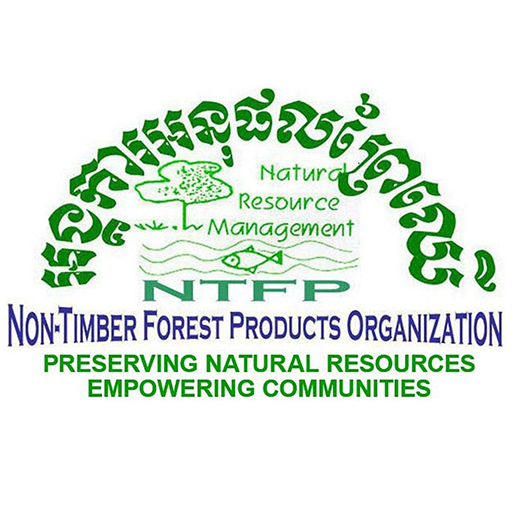Overview
Non-Timber Forest Products, NTFP, is a local NGO in Ratanakiri Province, NE Cambodia.
Since we were established in 1996 we played a critical role in helping indigenous people to
secure their rights to their land and natural resources. We recognize vital importance of
preserving the cultural heritage of indigenous people. NTFP was registered with the Ministry of
Interior of Cambodia in March 2007. NTFP received the GPP Certificates for two times, first in
2009 and 2nd in 2018. NTFP targets rural indigenous villages which do not have other
organizations to support them on National Resource Management and because their different
culture and practices, different beliefs and values, are not understood by outsiders. NTFP
implements project to protect child rights in 2015 at 2 districts in Ratanakiri province. Between
2015-2017, as part of promoting child rights for education, NTFP also worked to support the Out
of School Children at primary school level at 3 districts. NTFP is a member of CRC-Cambodia.
Our Mission
To develop the capacity and facilitate the collaboration of activities that provide support on rights and regulations for marginalized communities. In particular our target beneficiaries are Indigenous Peoples, rural poor women, men and children of Cambodia. Our activities will promote their livelihoods through education of the use and preservation of sustainable natural resources while enhancing their National identity.
Project: Reducing Child Poverty through the promotion of children’s active citizenship
Project Outcomes:
Strengthening the individual CSOs, including networks and informal civil society groups.
Outcome 1. National child protection system mainly the justice system strengthened to effectively prevent, intervene and rehabilitation to the cases of violence and other child protection issues.
OUTCOME 2: 241 groups from Family Protection Network, parent groups, closed groups, School Support Committees, children’s council) in 3 target provinces actively involved to prevent, intervene and make referral on VAC issues in community and lower secondary school settings.
OUTCOME 3: At least 1500 Children in child club aged from 6 to 17 (50% girls), including the most marginalized children, effectively express their ideas and actively hold the government more accountable in child rights realization through their child and youth led networks and forums.

